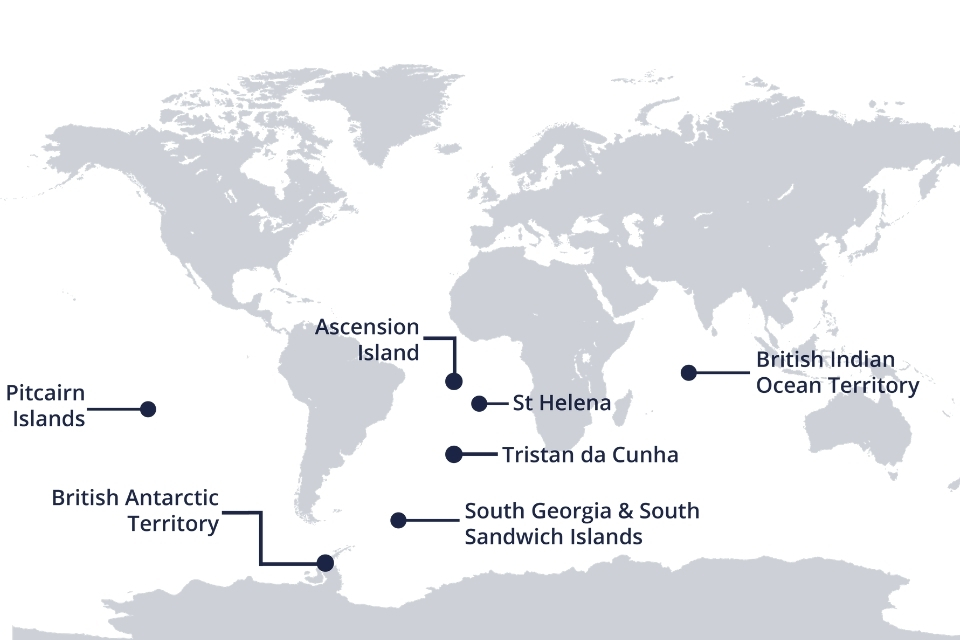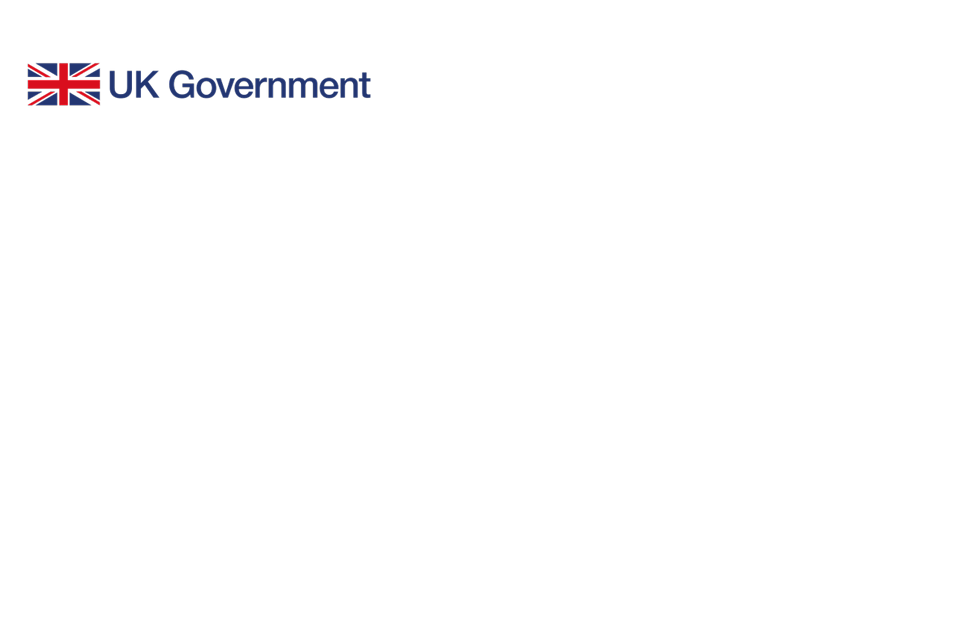The Blue Belt Programme
The Blue Belt Programme supports the UK Overseas Territories with the protection and sustainable management of their marine environments.
Since 2016 the UK Overseas Territories have enhanced marine protection across over 4 million square kilometres of marine environment with support from the Blue Belt Programme.
From the vast penguin colonies of South Georgia & the South Sandwich Islands to the marine turtles of Ascension Island, the UK Overseas Territories are home to globally significant biodiversity.
This flagship programme has been central to the UK government’s ambition of leading action to tackle the serious global problems of overfishing, species extinction and climate change.
Objectives and funding

Above image shows geographic scope of the Blue Belt Programme.
The Blue Belt Programme works closely with UK Overseas Territories to help them enhance the protection and management of their precious marine environments. The Overseas Territories that are included within the programme are highlighted above.
The Blue Belt enhances marine protection across over 4 million square kilometres of marine environment by:
- understanding and protecting biodiversity
- strengthening governance
- managing human impacts
- supporting sustainable fisheries management
- supporting compliance and enforcement.
Between 2016 to 2021, the Blue Belt programme was funded by nearly £25 million from the Conflict, Stability and Security Fund. The Foreign, Commonwealth and Development Office will directly fund the Programme for 2021/22, with £8 million funding confirmed.
This will provide ongoing support for the management, enforcement and scientific monitoring of Marine Protected Areas, and will allow us to develop our understanding of the effectiveness of the marine protection in place. We will also be able to support other OTs who wish to enhance their marine protection and sustainable management.
The Blue Belt Programme is supported by two world leading organisations – the Centre for Environment Fisheries and Aquaculture Science (Cefas) and the Marine Management Organisation (MMO) on behalf of the UK Government.
Achievements

The Blue Belt Programme has supported the UK Overseas Territories to enhance marine protection across more than 4.3 million square kilometres of marine environment.
See recent work and highlights from the Blue Belt Programme with the Annual Update 2020-2021:
For a detailed breakdown of Blue Belt Programme activities and achievements, see the below publications:
Sub-Programmes
The Blue Belt Programme provides funding to two sub-programmes: the Blue Shield Programme, and the Global Ocean Wildlife Analysis Network.
These Programmes work with UK Overseas Territories to support them with specific elements of the marine conservation and management process.
The Blue Shield
The Blue Shield is a maritime domain awareness project, which works to assess and understand the activities that take place within the marine zones of the Overseas Territories.
ThisThe isProgramme inassists orderUKOTs to better understand the potential impacts of activities on the health and sustainability of thetheir Territories’ marine environments, and ultimately protect them from harmful activity.
TheFind out more:
The fundedGlobal project:Wildlife Analysis Network
This network of underwater cameras, known as Baited Remote Underwater Video Systems (BRUVS), will monitor biodiversity and marine ecosystems across the Overseas Territories.
Cameras will be deployed across the Atlantic, Indian, Pacific and Southern Oceans, and will improve understanding of these marine environments, helping ensure they are protected and sustainably managed for future generations.
Find out more:
Additional resources and publications
Below are a selection of public facing documents that have been produced by the Blue Belt Programme’
Pitcairn Islands whale watching code of conduct resources:
Climate change report cards:
Additional resources
Further information
To keep up to date with the Blue Belt Programme:
-
Follow @UKGovBlueBelt on Twitter
-
Subscribe to the Blue Belt Programme newsletter
-
Read the Blue Belt Programme blog
-
For any further information, email bluebelt@cefas.co.uk

Last updated
-
WOD Update
-
Page updated with Socio-economic Roundtable report
-
Addition of Blue Shield material
-
Page updated with: Blue Belt Programme Roundtable: Protected Area Management Effectiveness
-
Climate change removed
-
Gov logo added
-
New file
-
First published.